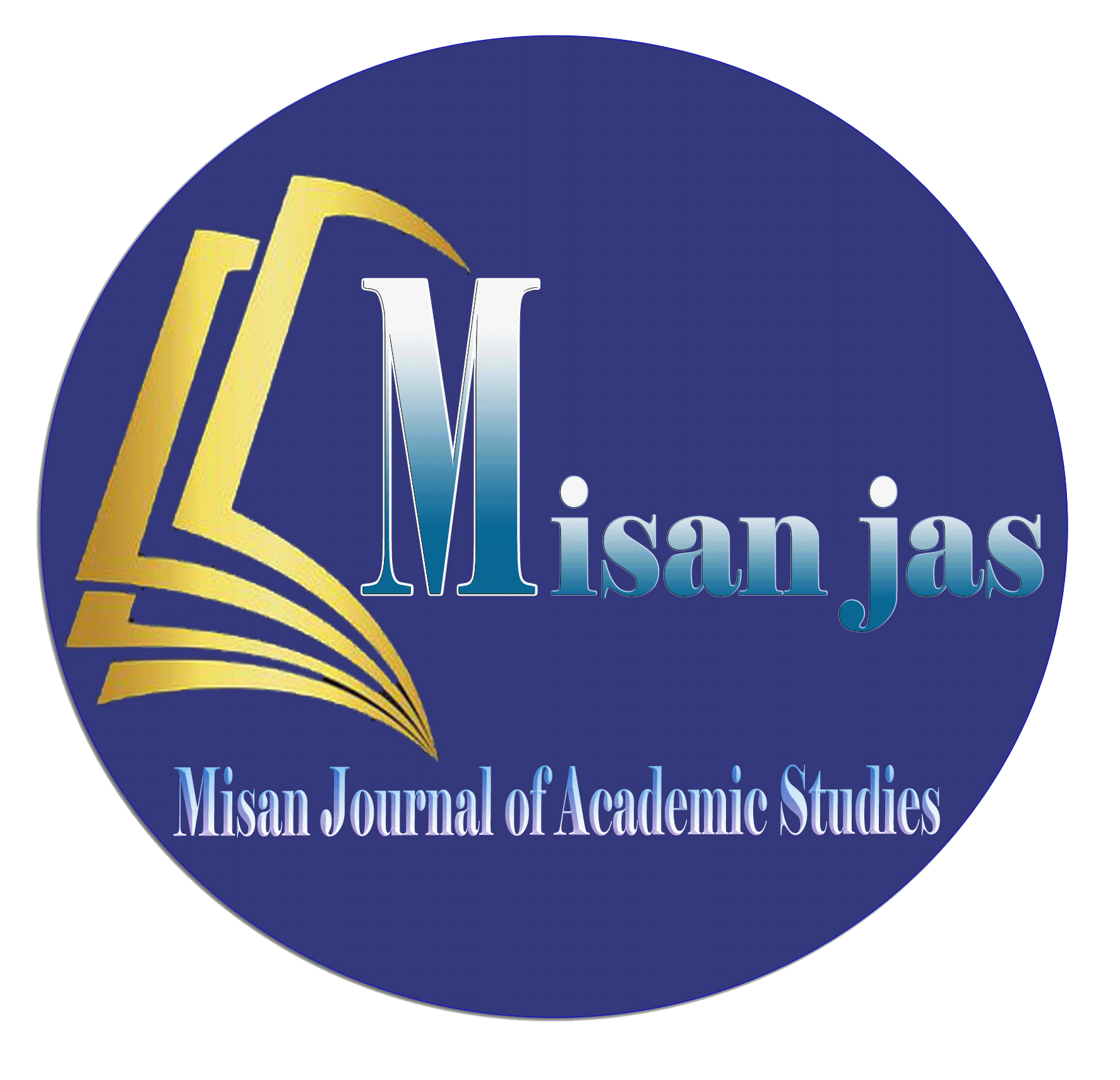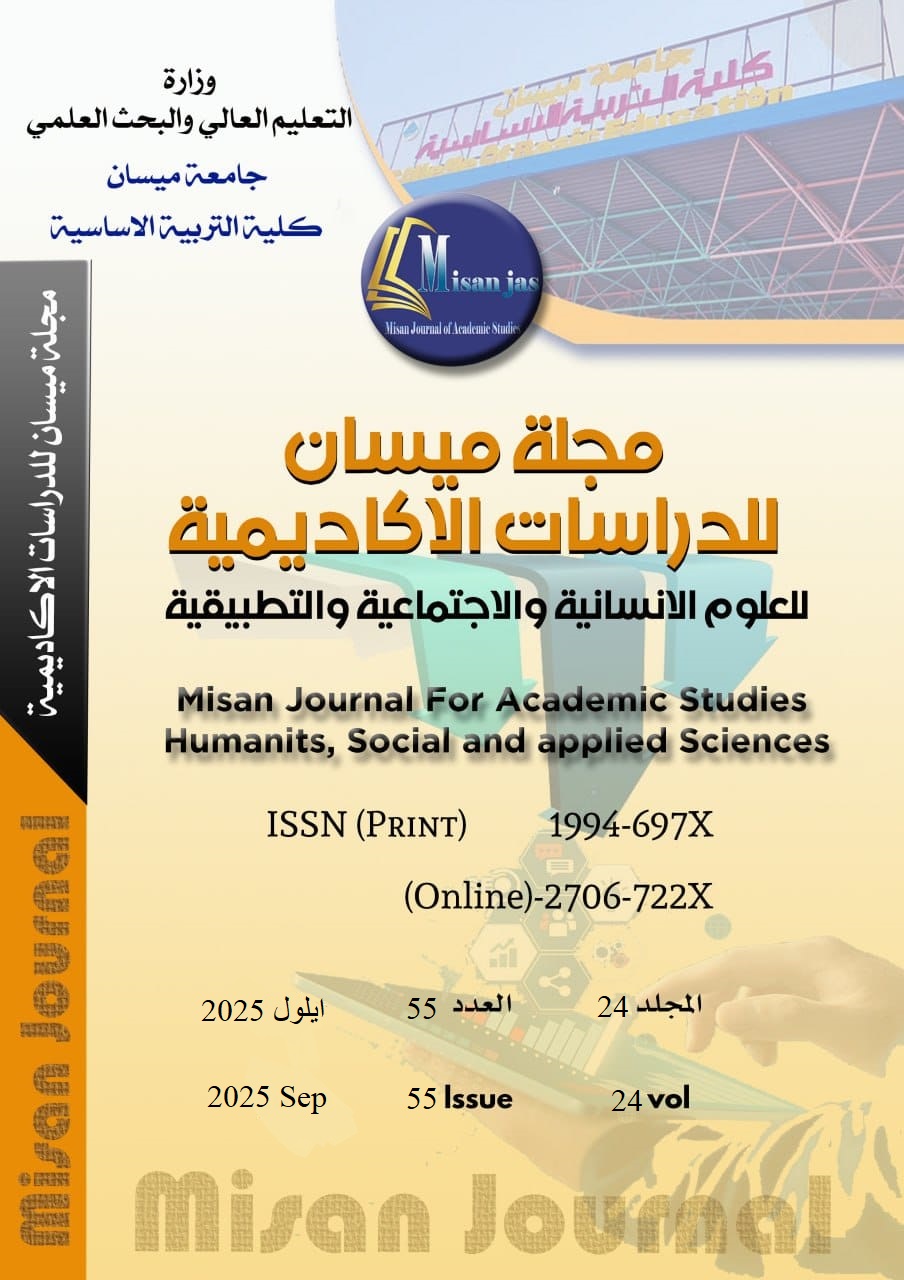A Comparative study between Boundary and Finite Element Techniques for solving Inverse Problems
Abstract
Inverse problems are of central importance in many scientific and engineering disciplines, where the main objective is to determine unknown internal properties based on limited or indirect observations. Among the most prominent numerical approaches used to address such problems are the Finite Element Method (FEM) and the Boundary Element Method (BEM). This paper presents a comparative analytical study between the two methods with respect to numerical accuracy, computational requirements, and the treatment of boundary conditions. The BEM has proven its efficiency in unbounded domains, as it requires discretization of boundaries only, which significantly reduces the problem size. On the other hand, the FEM remains more suitable for problems involving complex geometries, heterogeneous materials, and nonlinearities. The results highlight that the selection of the most appropriate method ultimately depends on the specific nature of the inverse problem, the type of governing equations, and the availability of reliable data.
Downloads
Copyright (c) 2025 (Humanities, social and applied sciences) Misan Journal of Academic Studies

This work is licensed under a Creative Commons Attribution-NonCommercial-NoDerivatives 4.0 International License.
The copyright is also the copyright of the magazine only.
All articles published in our magazine are subject to license terms
Creative Commons Attribution(CC BY-NC-ND 4.0) This license permits the content to be reproduced, redistributed and reused in whole or in part for any purpose free of charge, without any permission from the author(s), researcher or student.
Works submitted to Maysan Journal of Academic Studies for publication in the journal (CC BY-NC-ND 4.0) license terms. Where available content can be shared, distributed and replicated provided there is no commercial profit and appropriate credit must be given to the original source through sources or citations. It is mandatory to review any material used from other sources including shapes, tables, and images for re-use under the terms of the Creative Commons License (CC BY-NC-ND 4.0).Provided that there is no modification to the original content



